Hamas weapons are transported from outside by tunnels and sea routes, or are manufactured by the group from available raw materials.
In the coordinated attack on Israeli territory on October 7, Hamas armed forces launched about 5,000 rockets and unmanned aerial vehicles (UAVs). Members of this group were also fully equipped with personal weapons and ammunition for the attack.
The attack was launched from the Gaza Strip, a 365-square-kilometer strip of land sandwiched between the Mediterranean Sea, Israel and Egypt.
Tel Aviv and Cairo have imposed a strict blockade on the Gaza Strip after Hamas took control of the territory in 2007, leaving it virtually cut off from the rest of the world . The blockade was tightened further by Israel after a Hamas offensive over the weekend.
This raises the question of how Hamas has been able to stockpile such a huge amount of weapons for such a campaign, given the siege and blockade it has been under for many years.
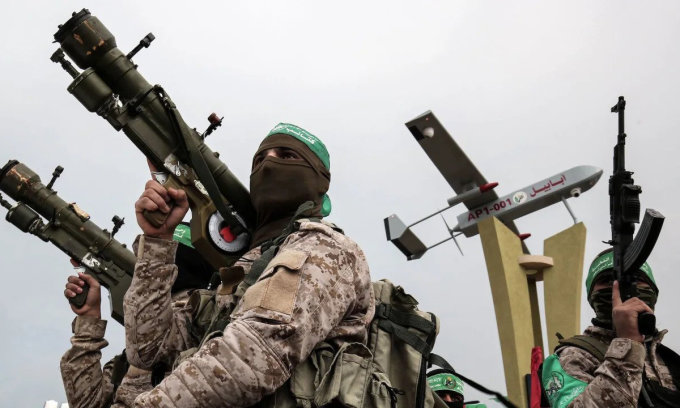
Members of the Al-Qassam Brigades, the armed wing of Hamas, in this January 2017 photo. Photo: AFP
Analysts say Hamas's main source of weapons is likely to come from Iran, which has repeatedly expressed its support for the militant group. The CIA's annual World Factbook says Hamas "receives some military aid from Iran," while several U.S. officials say the group has "longstanding support" from Tehran.
Experts believe that Iranian weapons are brought to the Gaza Strip through a system of secret tunnels across the border, or by sea across the Mediterranean. Some are transported in component form, and then assembled into complete weapons upon arrival.
"Hamas' tunnel system remains massive and complex, despite frequent Israeli and Egyptian airstrikes," said Bilal Saab, an expert at the Center for Strategic and International Studies (CSIS), based in Washington, USA, adding that Iran not only supplies Hamas with weapons directly but also trains the group in how to make weapons.
According to Charles Lister, an expert at the Middle East Institute (MEI), Iran's Islamic Revolutionary Guard Corps (IRGC) has been training Hamas in the use of modern weapons for more than two decades.
"Hamas is part of Iran's regional network. Regular training for Hamas is Tehran's attempt to professionalize its regional proxy forces," Lister said.
Ali Baraka, a senior Hamas leader in Lebanon, said Hamas had spent two years preparing for an attack on Israel, adding that Iran had provided the group with "money and weapons", although he did not say whether Tehran was involved in the weekend's attack.
Iran's Supreme Leader Ali Khamenei earlier this week denied Iran's direct involvement in Hamas's plan to attack Israel, but said the country would "continue to support the Gaza Strip." The US and Israel also said there was no evidence of Tehran's direct involvement in the attack.
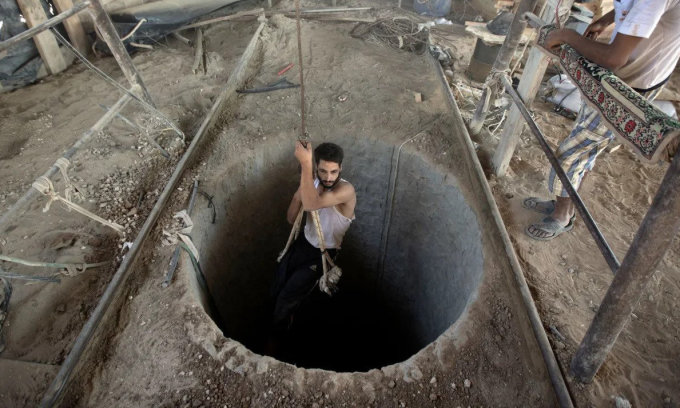
A Palestinian uses an underground tunnel system in the Gaza Strip. Photo: AFP
Another source of weapons for Hamas may come from Afghanistan. Some reports say the armed group is using equipment supplied by the Taliban, including US-made weapons.
The White House previously admitted that a large amount of Washington-made weapons fell into the hands of the Taliban after the country's military withdrew from Afghanistan in August 2021.
Deputy Chairman of the Russian Security Council Dmitry Medvedev on October 9 accused Hamas of using weapons provided by the West to Ukraine to attack Israel, but Kiev denied this.
In addition to the weapons it receives from abroad, Hamas also has the ability to manufacture its own weapons. Experts say the knowledge gained from Iran may have been used by Hamas engineers to improve their own weapons production capabilities.
Senior leader Baraka said Hamas has built many weapons factories in the Gaza Strip. "We have factories on site to produce everything, including rockets with a range of 10-250 km. We also have factories to produce mortars, AK guns and bullets," Baraka said.
The Gaza Strip has no heavy industry that could support weapons production. Instead, Hamas uses what is left of buildings destroyed by Israeli airstrikes as raw materials to build weapons.
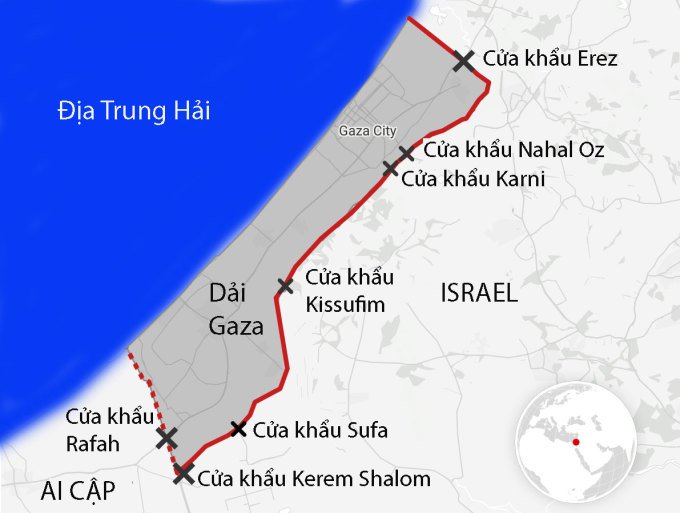
Location of the Gaza Strip with Egypt and Israel. Graphic: datawrapper
"When the infrastructure in the Gaza Strip is destroyed after Israeli airstrikes, the remaining materials such as metal, steel, and electrical wires are sent to Hamas workshops to be made into rocket launchers or explosive devices," said Ahmed Fouad Alkhatib, an expert at the Washington Institute for Near East Policy in the US.
Alkhatib also said that Israeli bombs and missiles that fail will also be dismantled for explosives and other parts. "Israel indirectly supplies Hamas with raw materials that are strictly monitored or completely banned in the Gaza Strip," he said.
It is unclear whether this source of weapons will be enough to equip Hamas members if Israel launches a major offensive on the Gaza Strip. Hamas claims it has 40,000 fighters in Gaza and is ready to fight Israel to the end.
Pham Giang (According to CNN, NDTV )
Source link








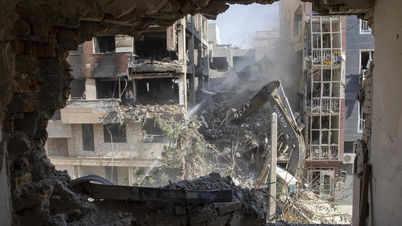













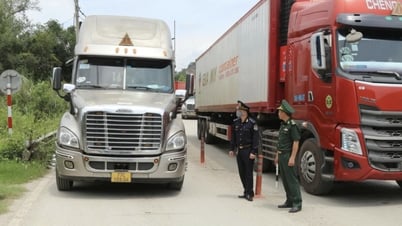


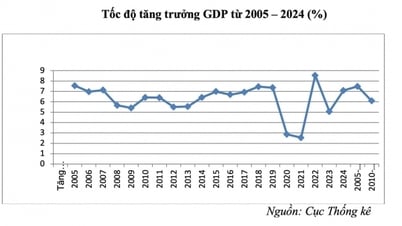















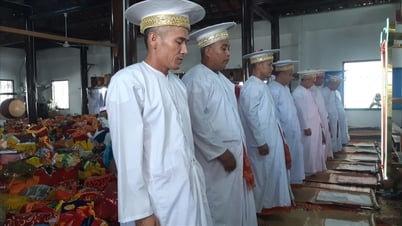



































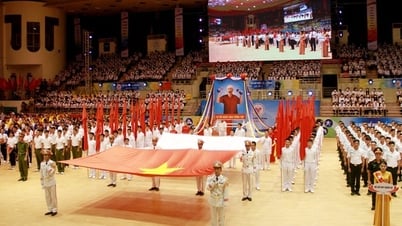







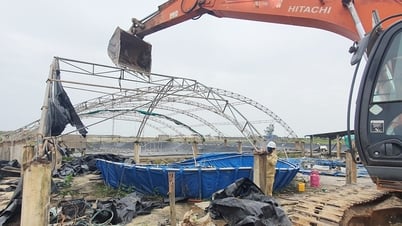

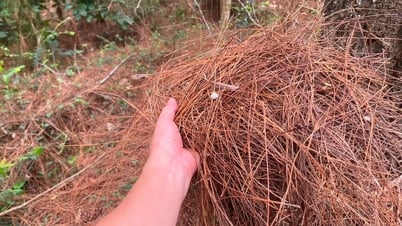

























Comment (0)